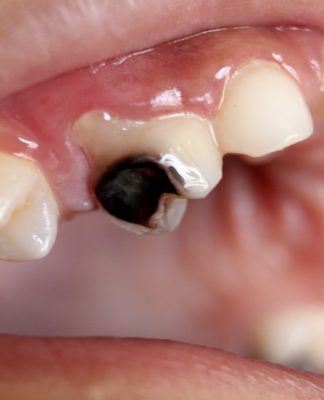In comparison to 2016, the number of new HIV infections has fallen slightly in the past year. You’ll be estimated at about 2,700, according to the Robert Koch Institute (RKI) in a new Report. For previous years 2014 to 2016 be adopted in accordance with the current model, each 2900 new infections. Germany belong to the European countries with the lowest neuansteckung rate, said Federal Minister of health, Jens Spahn (CDU).
RKI-President Lothar Wieler led the decline, in particular, on effective and early treatment after diagnosis, the Development of target-group specific trial offers and a General increase in test readiness. Because the sooner an HIV-positive person of his diagnosis-and-white and with the therapy begins, the less the risk that he or she infects more people.
Spahn pointed out in this context, recent decisions of the Federal government, the sale of HIV self-tests. In addition, health insurance companies should take over at-risk groups, the costs for drugs that protect against infection.
awareness of risk among Heterosexuals is low
Also in the group of homo – and bisexual men, the evidence of the highest risk of infection, has reduced the number of new infections from 2300 in the year 2013 to 1700 in 2017. The test readiness in this group might be increased because users of Dating Apps in profiles made, increasingly, information on the HIV Status and the last test date.
In the case of Heterosexuals is seen in the past few years, a slower increase in new infections. You it is missing, according to the RKI to an awareness of a risk of HIV. As a result, the people were less likely to test. In women, the majority of HIV diagnoses will be made only during routine pregnancy Screening.
Overall, lived the end of 2017, around 86,000 people living in Germany with HIV or Aids, of which to know about 11.400 without of their diagnosis, estimates the RKI. The most Affected are men who have Sex with men (53.100), the group of heterosexual men and women (11,000) and drug addicts (8100).
MORE on THE TOPIC of organ transplantation, HIV-positive mother saves are made child liver donation
Since HIV diagnosis, often years after the initial infection, rate of Infection and the total number of people living with HIV will only be assessed using model calculations. The RKI is used to, among other things, data from the register of infectious diseases data and sales data of anti-retroviral therapies.
HIV therapies are always increased better
The proportion of people who were HIV diagnosed positive and receiving treatment, 78 percent in 2006 to 92 percent in 2017. About 95 percent of these treatments were according to RKI report successfully. In addition, there is an estimated 6000 people in this country who have been diagnosed but not yet treated. This can be around people without papers, or without health insurance.
medication for prevention of HIV infection take it according to the report, probably already several Thousand people. The so-called pre-exposure prophylaxis (Prep) is approved in the EU for 2016, and more in Germany since the fall of 2017, more affordable prices available. But according to the RKI’s assessment, in the development of the Numbers by the end of 2017 “no significant role”. The Deutsche Aids-Hilfe is different: The increasing prevalence of have taken the “probably already had an influence,” said the organization.
HIV is most often transmitted during Sex. If left untreated, leads to an infection to an increasing damage to the body’s own defense system and subsequently, often to the death. With medication, the development of the immune deficiency disease Aids is today, but to prevent it. If the treatment is successful the viral load in the body of HIV-positive people can fall to such an extent that, according to the RKI “no Transfers” would be observed.
In the Video: HIV positive – My life with the Virus
Video dbate.de
mah/dpa/AFP
























